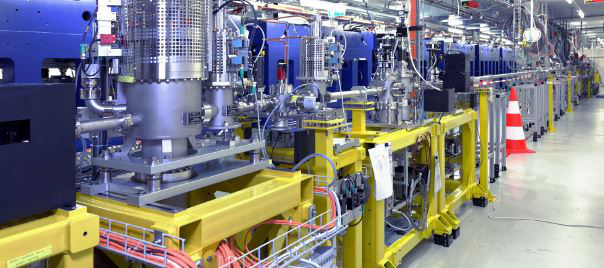Speaker
Description
Diagnosing ionizing radiation has been subject of research as long as applications in this field exist. Many techniques to reveal temporal and spatial information about a beam of ionizing photons are intrusive. To minimize this intrusiveness, plasma could be a suitable intermediate state for potential diagnostics to be developed.
The in this contribution elaborated novel diagnostic is based on using a very small fraction of the radiation to partially photo-ionize a low pressure background gas. As a result, this background gas is turned into a plasma which can be – based on its permittivity - further characterized by traditional plasma diagnostics.
For this characterization, the beam of photons is sent through a cylindrical metal pillbox cavity filled with a sensing gas at low pressure. The free electrons in the plasma induced in this cavity are probed by having them interacting with a standing electromagnetic wave in the microwave frequency range (a few GHz). Tracking temporally resolved the resonance frequency of this standing wave reveals information about the radiation beam in terms of power, alignment and stability.
This contribution elaborates on the physical principles of the method and highlights the newest developments towards in-line beam monitoring.

